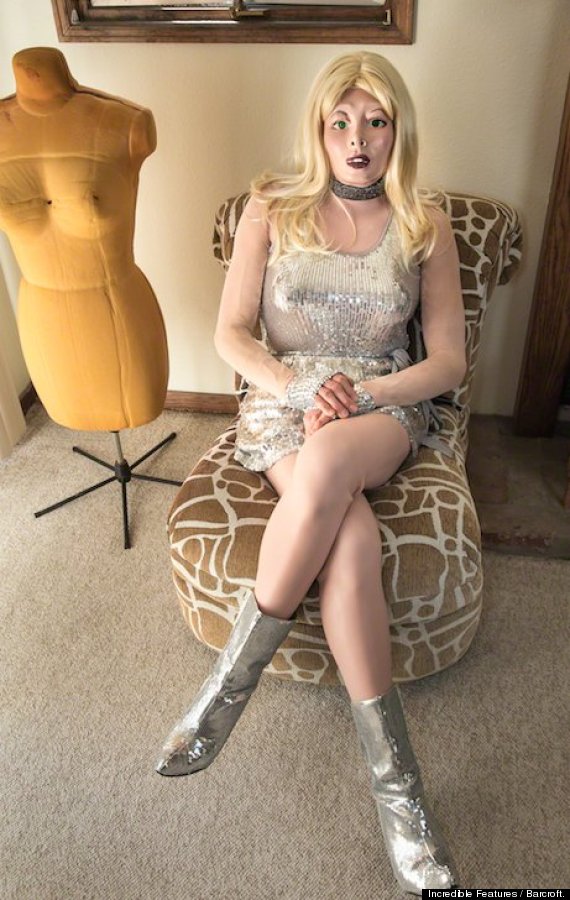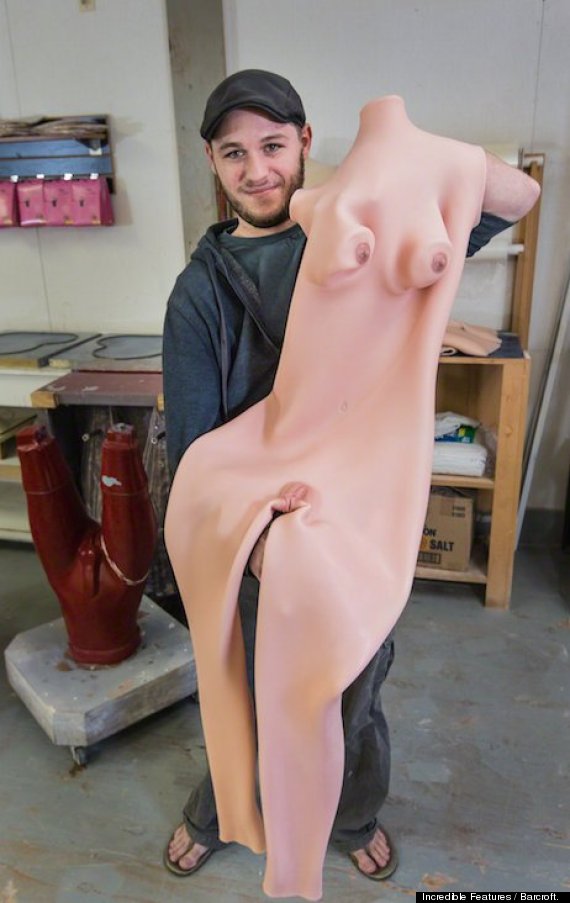When it comes to Wimbledon, people tend to develop strong opinions on subjects that have no real connection to tennis. Strawberries. Pimms. The precise date on which Andy Murray plans to propose to his girlfriend.
These fascinations are largely harmless (if you overlook the nationalistic fervour embedded in the public's love of a good British strawberry). Still, there's one point of distraction that's more serious than the rest. The dissection of female tennis players' bodies. Short, fat, facially disappointing; no matter how faultless her game is, a woman can never win in Wimbledon on the subject of her physical attributes.
According to social media, the tournament's female stars are "either very ugly or very attractive". Honestly, when will the tennis world start catering for those who like to masturbate over the mediocre? No one seems to have noticed that female players, apart from putting in a few more hours in the gym, are just like the rest of the sisterhood - in tennis, as in life, there are normal women, and then there are women like Maria Sharapova. Unfortunately, a large proportion of sports enthusiasts seem to have heard the phrase "athletic prowess" as "long Russian legs", and are consequently treating the tournament as some sort of Miss World competition, but with more grunting.
Overlooking the serious consequences of sexism for a minute, it's pretty clear that gawking at athletes' bodies is something average people do in response to a game they can neither play nor understand. After all, there are only so many points the typical TV viewer can make about backhand. But turning to Twitter to berate the muffin top of someone who has just served a 120 mph ace is surely a sign it's time to get out more?
Along with the public, international federations and the media require more than just sport from their sports stars. Only last year, commentator John Inverdale said that Wimbledon's women's champion, Marion Bartoli, was "never going to be a looker". And the Daily Mail reported in 2009 that top women's seeds were being ousted from Wimbledon's prime courts to make way for less successful but prettier players. Across the Atlantic, the USTA tried to prevent Taylor Townsend from playing at the 2012 US Open because of perceived problems with her weight, even though she was the highest ranking junior in the world.
Of course, it's not only women's bodies that are put in the spotlight. Type in "Nadal's arms" on Twitter and you can almost smell the pheromones. And last year, Murray appeared unable to walk out of the sea without being compared to Daniel Craig. (Annoying as this must have been for the stern Celt, surely it's a boom for the everyman; inheriting Bond-levels of sex appeal appears to require little more than retreating to the shore when you get cold on holiday.)
It seems prudish to completely ignore the fact that the BBC's Wimbledon coverage involves watching journalists herding around a confection of highly-snoggable human beings. But obsessing about female players' looks in particular seems wrong in the context of both sport and wider society - women only received equal prize money in Wimbledon six years ago and have spent generations being honked at by weirdos in vans who want to congratulate them on their tits.
There's a line between fantasising about Sharapova's slender legs and labelling someone a trollish screen-hogger, but it's a hard one to draw while sexism is still so ingrained in society. Just for now, Wimbledon-watchers remain safer concentrating all athletic appreciation into the origins of their strawberries.
These fascinations are largely harmless (if you overlook the nationalistic fervour embedded in the public's love of a good British strawberry). Still, there's one point of distraction that's more serious than the rest. The dissection of female tennis players' bodies. Short, fat, facially disappointing; no matter how faultless her game is, a woman can never win in Wimbledon on the subject of her physical attributes.
According to social media, the tournament's female stars are "either very ugly or very attractive". Honestly, when will the tennis world start catering for those who like to masturbate over the mediocre? No one seems to have noticed that female players, apart from putting in a few more hours in the gym, are just like the rest of the sisterhood - in tennis, as in life, there are normal women, and then there are women like Maria Sharapova. Unfortunately, a large proportion of sports enthusiasts seem to have heard the phrase "athletic prowess" as "long Russian legs", and are consequently treating the tournament as some sort of Miss World competition, but with more grunting.
Overlooking the serious consequences of sexism for a minute, it's pretty clear that gawking at athletes' bodies is something average people do in response to a game they can neither play nor understand. After all, there are only so many points the typical TV viewer can make about backhand. But turning to Twitter to berate the muffin top of someone who has just served a 120 mph ace is surely a sign it's time to get out more?
Along with the public, international federations and the media require more than just sport from their sports stars. Only last year, commentator John Inverdale said that Wimbledon's women's champion, Marion Bartoli, was "never going to be a looker". And the Daily Mail reported in 2009 that top women's seeds were being ousted from Wimbledon's prime courts to make way for less successful but prettier players. Across the Atlantic, the USTA tried to prevent Taylor Townsend from playing at the 2012 US Open because of perceived problems with her weight, even though she was the highest ranking junior in the world.
Of course, it's not only women's bodies that are put in the spotlight. Type in "Nadal's arms" on Twitter and you can almost smell the pheromones. And last year, Murray appeared unable to walk out of the sea without being compared to Daniel Craig. (Annoying as this must have been for the stern Celt, surely it's a boom for the everyman; inheriting Bond-levels of sex appeal appears to require little more than retreating to the shore when you get cold on holiday.)
It seems prudish to completely ignore the fact that the BBC's Wimbledon coverage involves watching journalists herding around a confection of highly-snoggable human beings. But obsessing about female players' looks in particular seems wrong in the context of both sport and wider society - women only received equal prize money in Wimbledon six years ago and have spent generations being honked at by weirdos in vans who want to congratulate them on their tits.
There's a line between fantasising about Sharapova's slender legs and labelling someone a trollish screen-hogger, but it's a hard one to draw while sexism is still so ingrained in society. Just for now, Wimbledon-watchers remain safer concentrating all athletic appreciation into the origins of their strawberries.
















